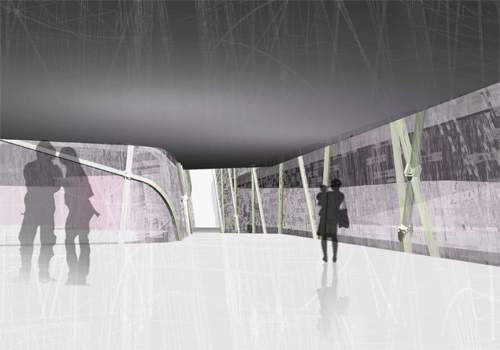
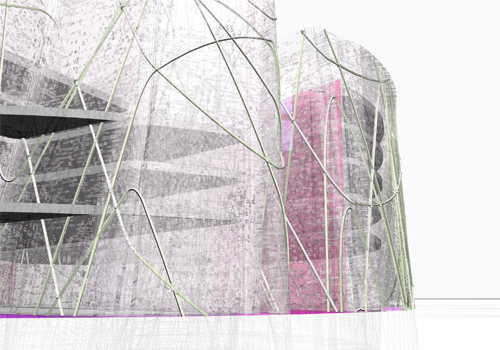
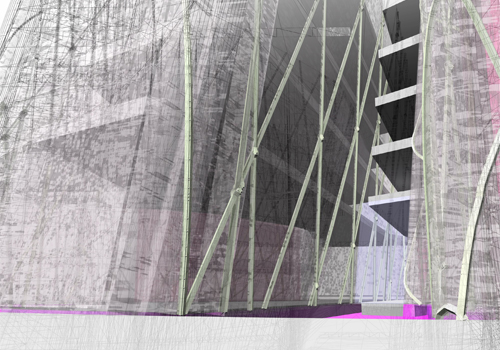
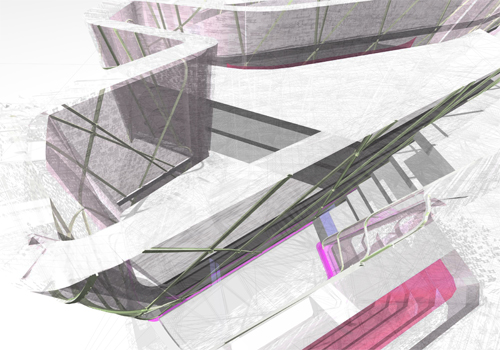
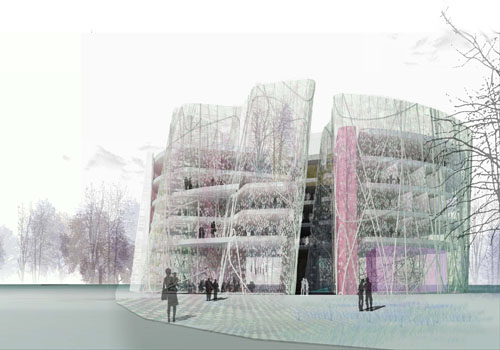
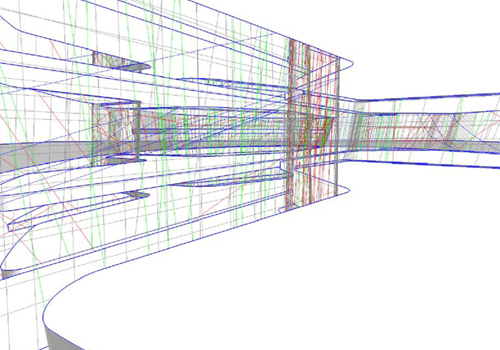
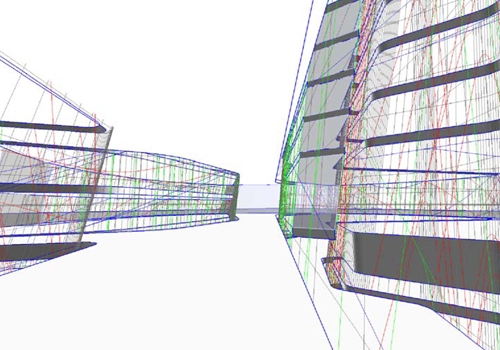
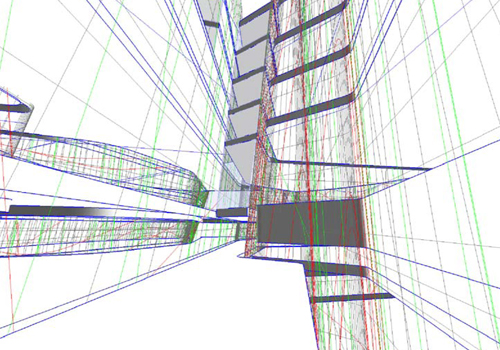
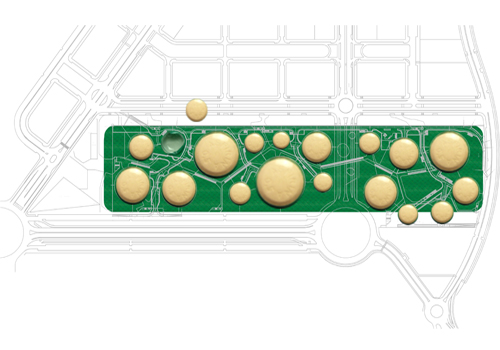
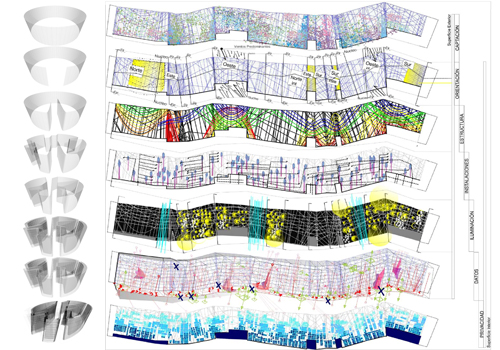
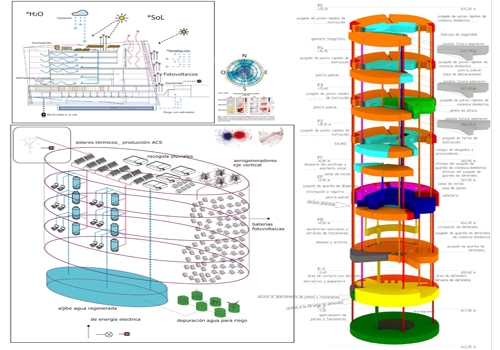
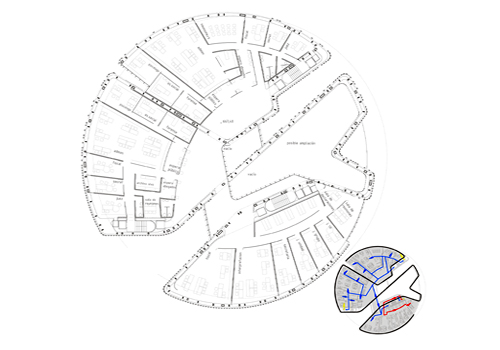
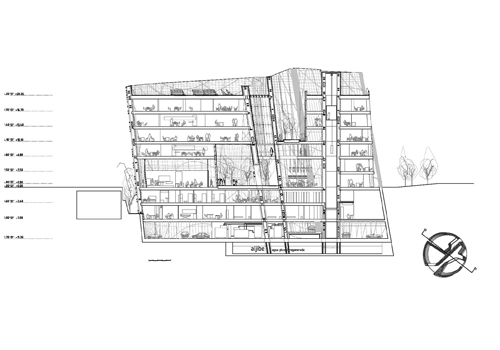
| COMPETITION. HONOURABLE MENTION MADRID, SPAIN | ||
| By MEROestudio (Paula Montoya & Iñigo Redondo) Collaborators: ALVARO CASTRO, ELENA RIVAS, JAVIER GARCÍA LÓPEZ, JUAN ANDRÉS ANTOLÍN, LUIS MARÍA FRUCTUOSO, Manuel Monteserín | ||
| Client:MADRID COUNCIL | ||
El diseño cilíndrico parte del condicionamiento del volumen que sugiere un proyecto donde un complejo programa de juzgado de guardia se ubica en una envolvente significada de fachada y estructura.El proyecto redefine el significado de esa piel, interpretándola no como una envolvente o un perímetro, sino como el sistema constructivo, estructural y espacial de todo el edificio. De esa forma, la envolvente es a la vez perímetro, estructura, acceso, patio, iluminación o sistema de comunicaciones y evacuación de todo el conjunto a un mismo tiempo.Partimos del concepto de arquitectura como mecanismo-batería capaz de generar los recursos que necesita para su funcionamiento, tanto desde el punto de vista energético como desde el programático y estético. La capa de cerramiento del edificio es una auténtica batería acumuladora y distribuidora de la energía y recursos que, en una considerable proporción será consumido por el edificio. Dada la condición de reversibilidad de la misma, la cara de captación tiene un reverso de emisión lumínica. |
The competition requires an administration building to host a Court of Justice, belonging to a complex of 15 similar buildings gathered in the so called City of Justice. Derived from a general master plan, all buildings needed to be cylindrical, the functional programme being extremely complex. From the beginning the intention of the scheme was to optimize the quality of the public space and to provide a new concept of structure and enclosure of a public building. Both elements merge in a “performative” skin that coils inside the building being external enclosure and internal partition at a time: it holds the structure, the installations, the information flow, and the energy exchange elements.The melting point becomes with the battery-concept that assures not only the generation but the storage and distribution of energy. This flexible enclosure of the building is conceived as a reversible skin, captures light and sun for energy during day-time and releases heat and lighting during dark times. The building is conceived as a minimum energy-consumption construction. The enclosure must provide heat and cold protection but versatile enough to allow views and ventilation. As well as solar thermal panels, photovoltaic cells are used in the building. A mathematical algorithm was designed to define the pattern in the skin referring directly to the orientation of the façade, and the use of the neighbouring chambers. |
 |  |